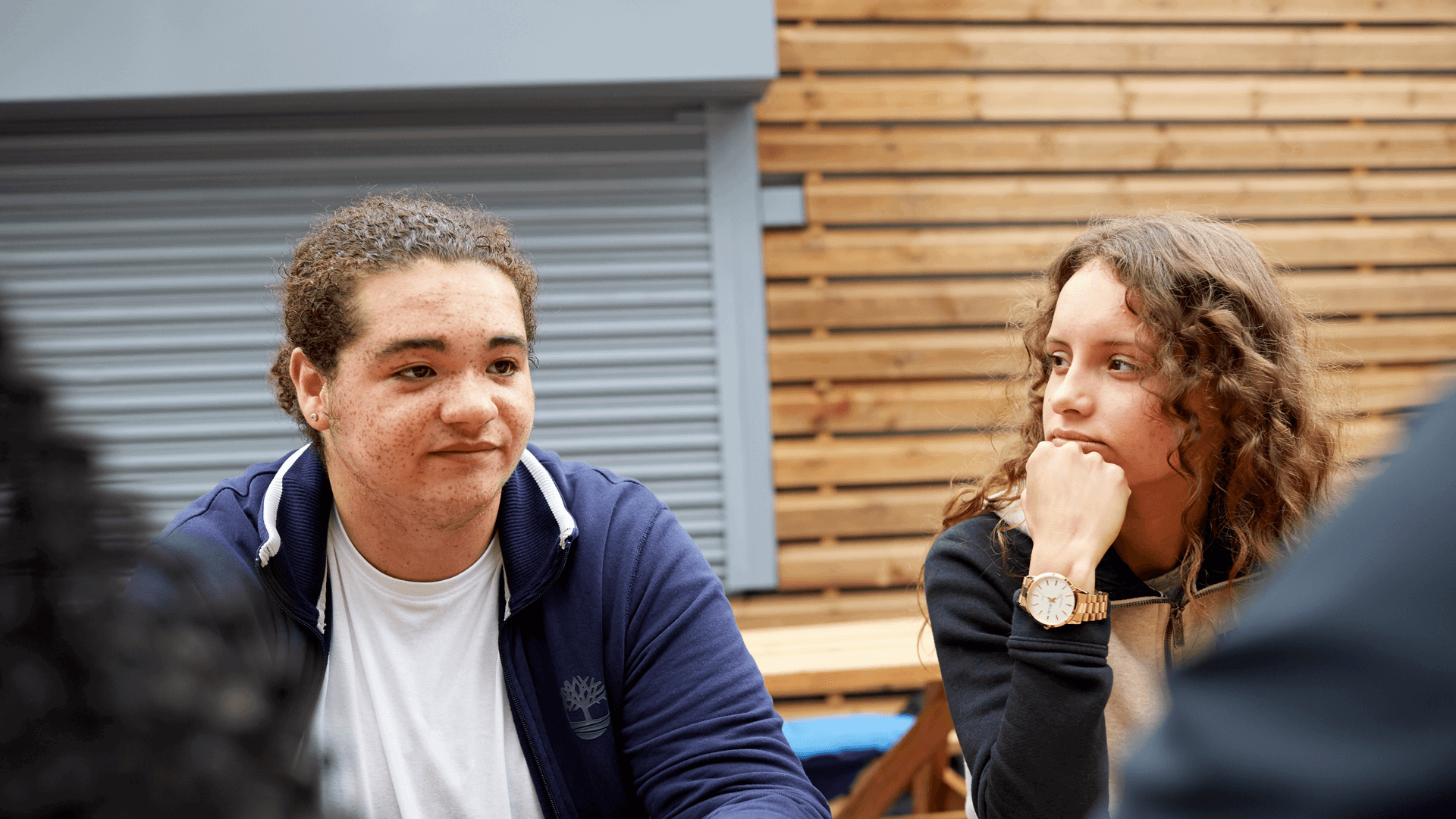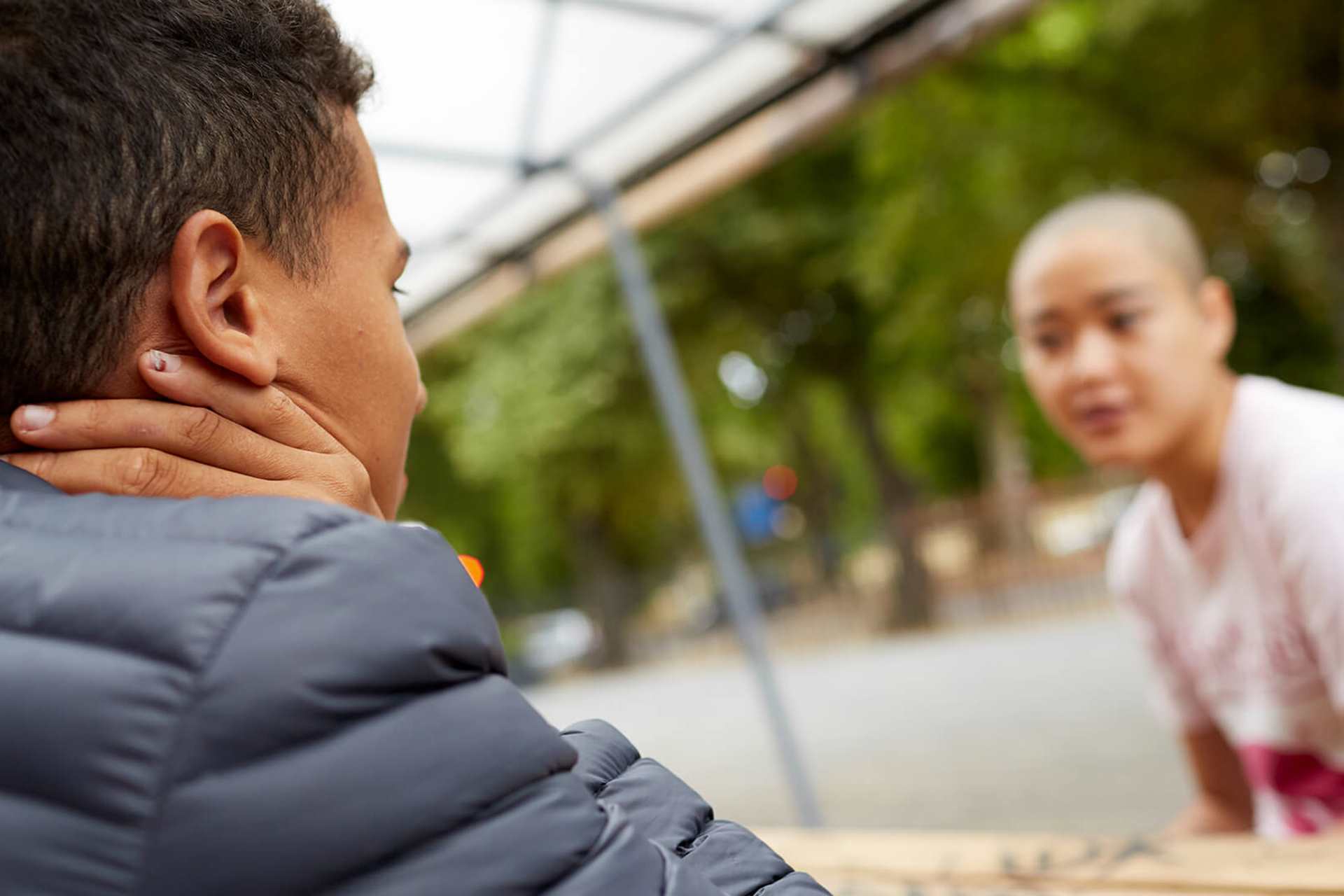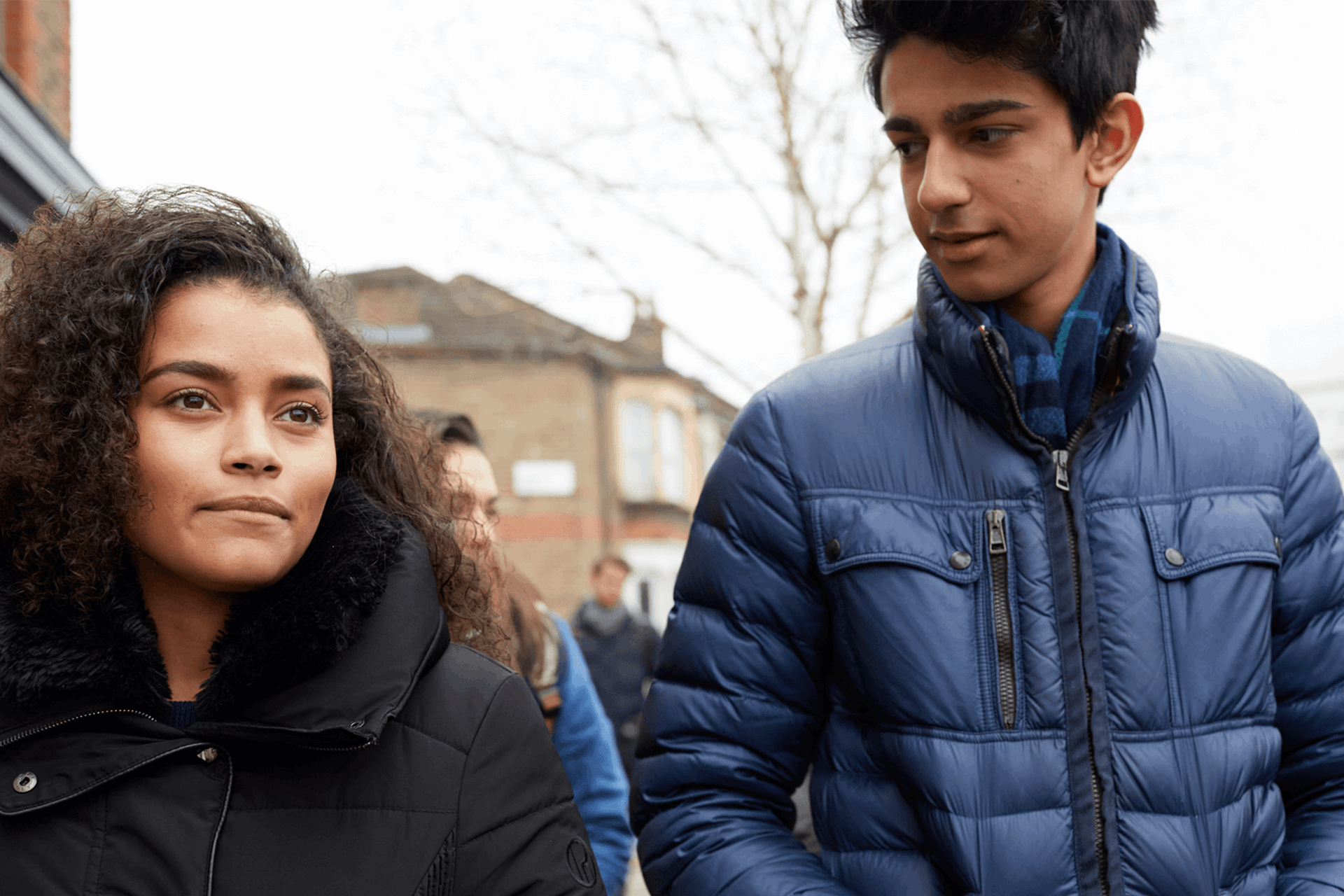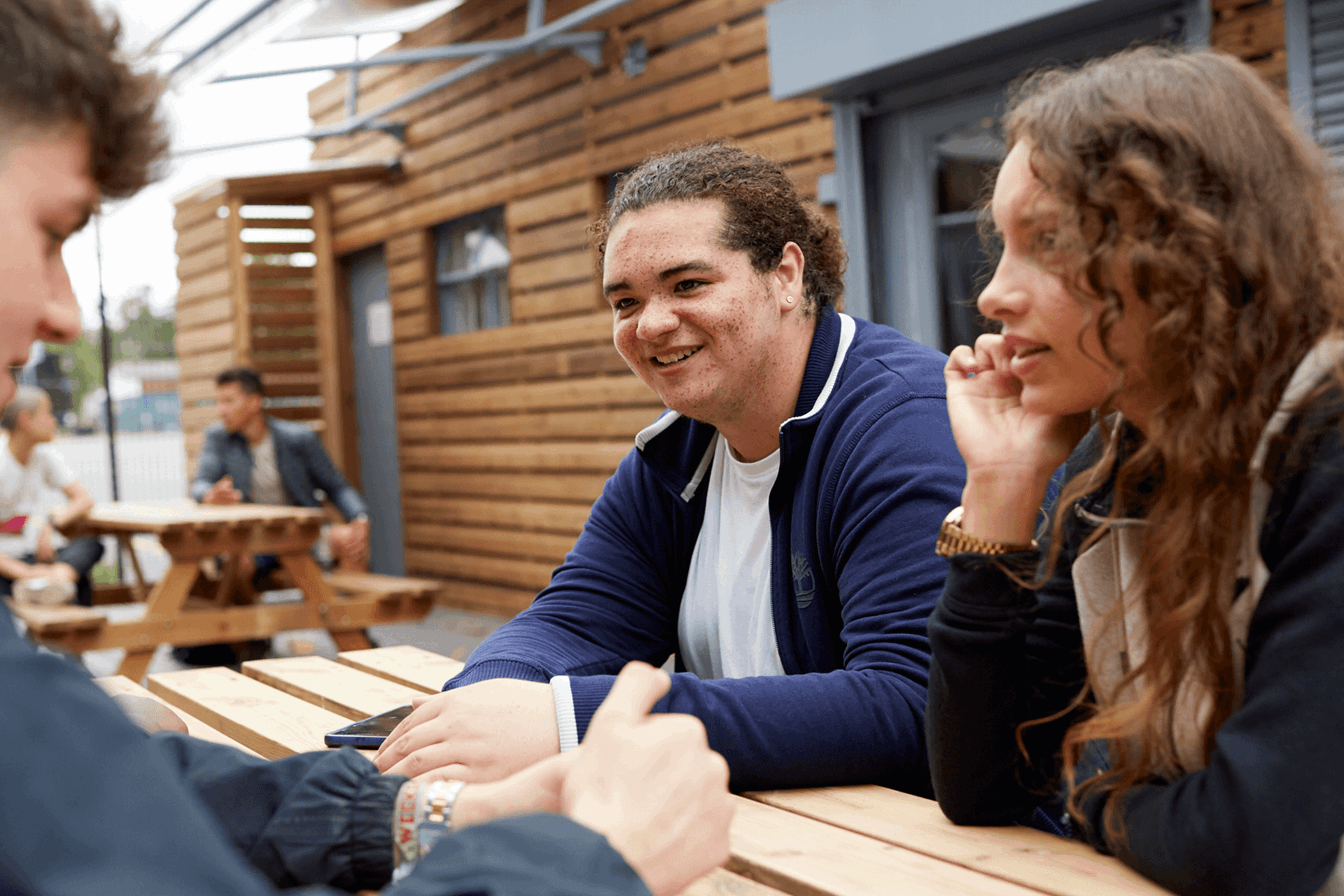Topics mentioned: anxiety, panic attacks, self-care
Author: Eve, 20
About: Eve explains how to do Progressive Muscle Relaxation - a grounding technique that helps her when she's feeling anxious or panicky.
Progressive Muscle Relaxation (PMR) is a technique that I couldn’t recommend enough. It’s what’s known as a ‘grounding technique’ - something you can do to help ground you and reduce feelings of anxiety and panic. It was introduced to me after years of struggling with panic attacks and generalised anxiety.
Before this, all the grounding techniques I tried had revolved around controlled breathing. Although I am a great advocate for this, I found that when everything felt particularly overwhelming, it was difficult to implement. PMR, however, felt like a much more accessible tool to reach for in times of need or crisis.
Progressive Muscle Relaxation is a much more accessible tool to reach for in times of need or crisis.
It is something that takes practice and patience but can really work! It involves going through the major muscle groups in your body, tensing and relaxing them, and noticing the difference in sensation.
Muscle tension is one way your body responds to feelings of anxiety. This technique is a way to own that tension and let it dissolve. It’s something to focus on and distract yourself with, but it’s manageable - especially with practice.
Muscle tension is one way your body responds to feelings of anxiety. This technique is a way to own that tension and let it dissolve.
I’m going to explain the more traditional approach to PMR but you can adapt this to work for you and your environment. I had a more ‘subtle’ version that I felt more comfortable doing in public as it involved less visible muscle movements - this just helped me feel a little less self-conscious, especially if feelings of panic or anxiety were making those worries worse.
It’s important to begin in a comfortable position, ideally lying down or seated (this provides the most support for your body, which helps when doing PMR). If possible, find a space that isn’t likely to overstimulate your senses, like a quiet room.
You can practise this technique going from your forehead down to your toes, or from your toes to your forehead, but I would recommend going in one order rather than jumping around. Doing it this way gives a more natural feeling of relaxation, and also makes the steps easier to remember.
If possible, find a space that isn’t likely to overstimulate your senses, like a quiet room.
Forehead
First, squeeze the muscles in your forehead. Hold this feeling for 10-15 seconds and notice the increase in tightness and tension in these muscles. Allow these muscles to release any tension while you count for at least 30 seconds, or until this area feels entirely relaxed.
Jaw
Now tense the muscles in your jaw with your teeth together. Again you want to be holding this for 10-15 seconds so that you are able to notice the build in tension. Then slowly release the tension, counting to at least 30 seconds or until you are completely relaxed.
Shoulders
This part should target both your neck and shoulders by bringing your shoulders up to your ears (or as high as possible in that direction without causing discomfort). Hold this for the same amount of time (10-15 seconds) and repeat the countdown, relaxing as you release the tension.
Arms
With both hands, form a fist. Bring your fists towards the centre of your chest and tense the whole arm in this position. After holding for 10-15 seconds, release the tension and count up to at least 30 seconds.
Buttocks
Increase tension in your buttocks for 10-15 seconds. Notice the tension and then start relaxing like in the previous steps.
Legs
Slowly and steadily increase the tension throughout your thigh and calf muscle groups, hold this tension for 10-15 seconds and then release while you count for 30 seconds. Notice new feelings of relaxation and the tension melting away.
Feet
Tense your feet and toes, tightening your muscles as much as possible. After holding, relax and feel your muscles decrease let go of tension and tightness.
Hopefully at this point you will notice that your breathing has regulated more and you feel able to adjust back into your space, feeling more grounded and less overwhelmed by those difficult feelings.
More information and advice
We have tips and advice to help you find the support you need. Take a look at our guides.
Where to get help
However you're feeling, there are people who can help you if you are struggling. Here are some services that can support you.
-
No Panic
Supports people struggling with panic attacks, phobias, obsessive compulsive disorder (OCD) and other anxiety-related issues - and provides support and information for their carers.
Call 01952 680835 for a recorded breathing exercise to help you through a panic attack (available 24/7).
- Opening times:
- 10am - 10pm, 365 days a year
-
Samaritans
Whatever you're going through, you can contact the Samaritans for support. N.B. This is a listening service and does not offer advice or intervention.
- Opening times:
- 24/7





